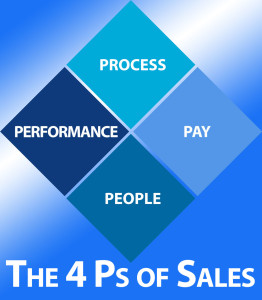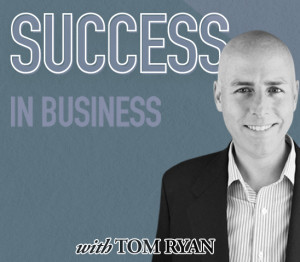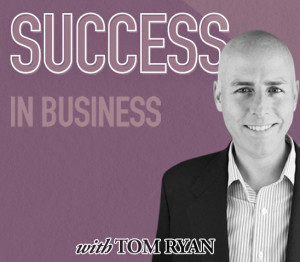 Sales is a tough job. It might not be as physically tiring as construction work, but there are few jobs more mentally and emotionally taxing. Salespeople have to start up conversations with complete strangers (most of whom don’t want to talk to them in the first place), then persuade those people to spend their money. Salespeople may not make the products or build the services, but without their contributions there would be no money coming into the business. If they don’t do their jobs well, everyone suffers.
Sales is a tough job. It might not be as physically tiring as construction work, but there are few jobs more mentally and emotionally taxing. Salespeople have to start up conversations with complete strangers (most of whom don’t want to talk to them in the first place), then persuade those people to spend their money. Salespeople may not make the products or build the services, but without their contributions there would be no money coming into the business. If they don’t do their jobs well, everyone suffers.
Unlike typical employees, salespeople need to be given the strongest possible incentives to do their jobs to the best of their abilities, and at all times. As a result, their compensation models work differently from a standard 9-to-5 worker. They need a good reason to dive in headfirst to the potential rejection of a sales call, and they need to have something to show for their work even when they’ve had an off week.
Sales compensation can be a complex topic, but the basic building blocks are easy to understand. There are three basic elements of sales compensation: Guaranteed, variable, and bonuses and incentives. Continue reading




